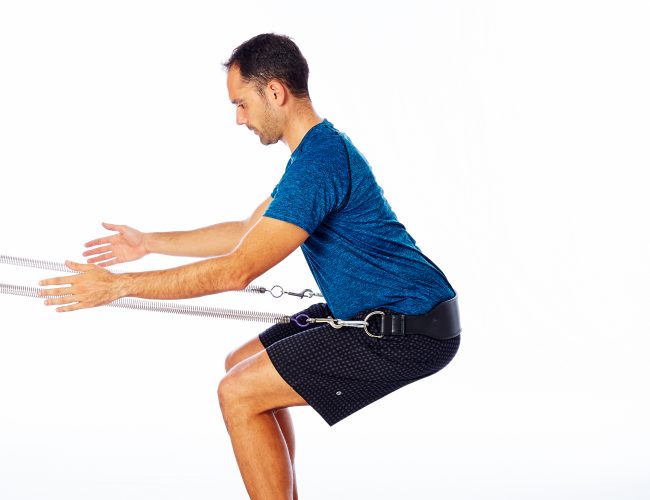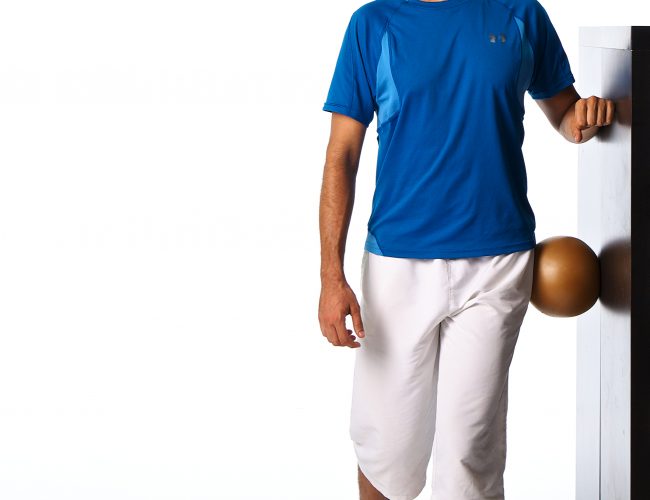Lateral hip pain
Wed,Feb 21, 2018 at 10:23AM by Douglas Wilson
Lateral Hip Pain
We often hear people come to us and say “I’m having trouble sleeping at night” or have trouble walking because of pain in the side (lateral ) of my hip. The general term for this lateral hip pain is Greater trochanteric pain syndrome (GTPS). There could be a variety of reasons why the person could be experiencing this problem but the most common reasons are:
// Gluteal Tendinopathy (for more info refer our article “Gluteal tendinopathy explained”)
// Greater Trochantic bursitis
These conditions are often experienced with a lumbar spine pathology and hip osteoarthritis.
Lateral hip pain is a common pain presentation that can have a significant impact on a patient’s quality of life due to its impact on everyday activities of living. The pain a patient can experience at night while trying to sleep on the affected side and pain with walking and while going up steps can have significant psycho social consequences.
Greater trochanteric pain syndrome (GTPS) is the general medical term given to lateral hip pain symptoms that can be a result of one or a number of pathologies causing pain at the same time. Most commonly the gluteus medius or minimus tendon is involved along with bursitis in most cases. Patients presenting with lateral hip pain will also commonly have co-existing lumbar spine pathology and hip osteo arthritis.

GTPS tends to affect the female population between the ages of 40 and 60 years and is caused by repeated friction and compression of tendons and associated bursa between the illio tibial band as it runs over the top of them and the underlying bony attachment site known as the greater trochanter. Due to the fact the above mentioned tendons can cause this pain the terms gluteus medius tendonopathy will often be used.
Tendonopathy is used to describe chronic overuse tendon disorders caused by recurrent overloading of a tendon at a frequency exceeding the tendons ability to heal itself resulting in repeated microscopic tears occuring. The tendons ability to heal itself is limited due to its poor blood supply resulting in a partial healing response that leads to ongoing degeneration rather than repair. A tendon receives the blood supply it does get from its attachment to the muscle and bone at each end and its para tendon which is like a sheath that covers the tendon. This blood supply is especially relavent considering its a factor in how a tendonopathy develops and also a factor in how it resolves.
A healthy looking tendon has very straight paralell arrangement of collagen fibres with tenocytes between them held tightly together whereas a degenerative tendon has a very loosely packed wave like appearance. Therapeutic exercise as treatment for tendonopathy can stimulate tenocytes within a tendon to lay down more collagen in its dense tightly packed formation at its most superficial layers where the blood supply from the paratendon fuels this outward expansion. This is the mechanism through which healing and pain relief occurs.

Douglas Wilson is a senior physiotherapist with Body Organics in Brisbane. Douglas is a big believer in hands-on treatment with special interests in Active Release Techniques, Muscle Energy Techniques, acupuncture and pilates for injury rehabilitation. He especially enjoys treating lower limb conditions as well as spinal pain and upper limb conditions such as shoulder impingement, tennis elbow and carpal tunnel.
 0
0 